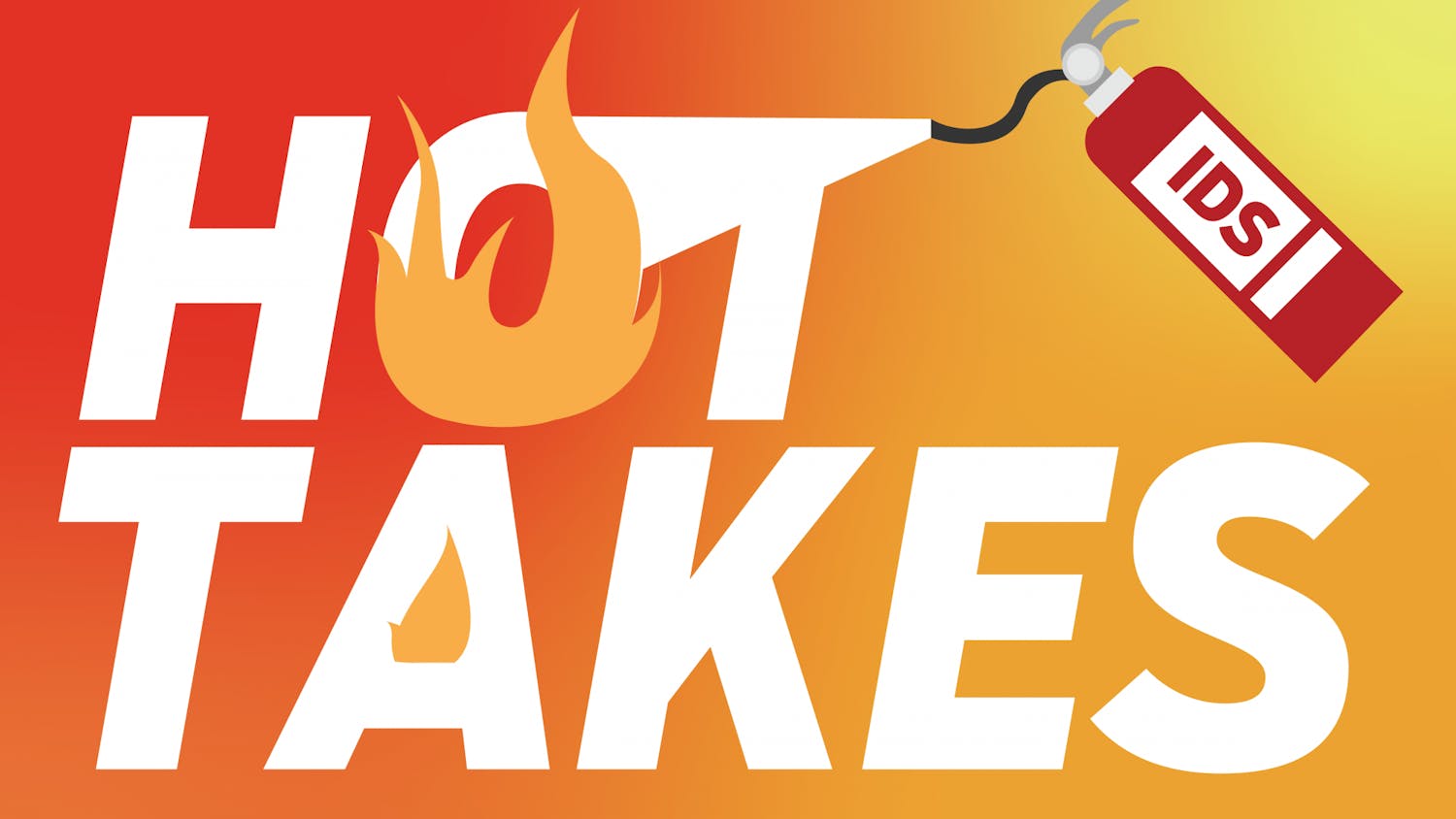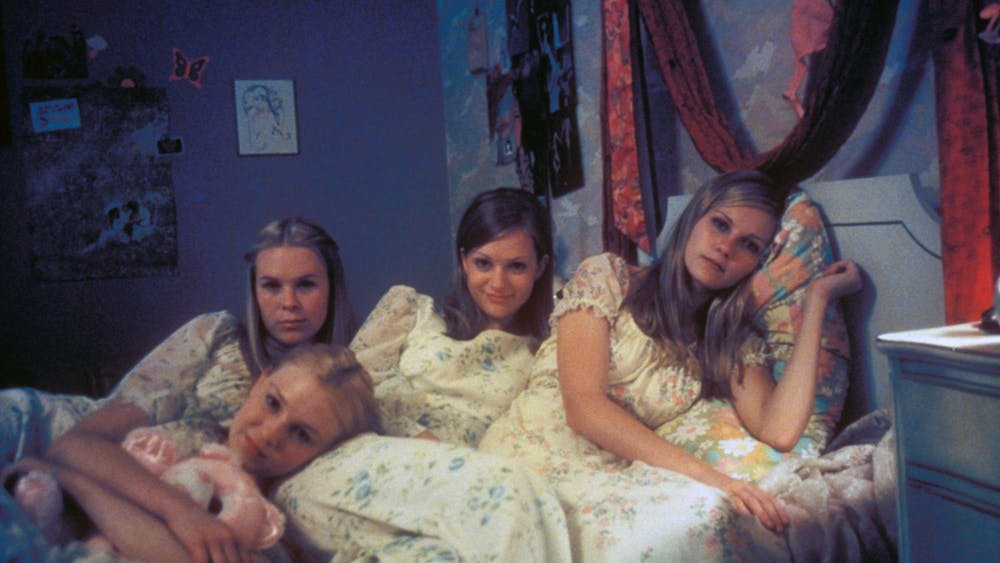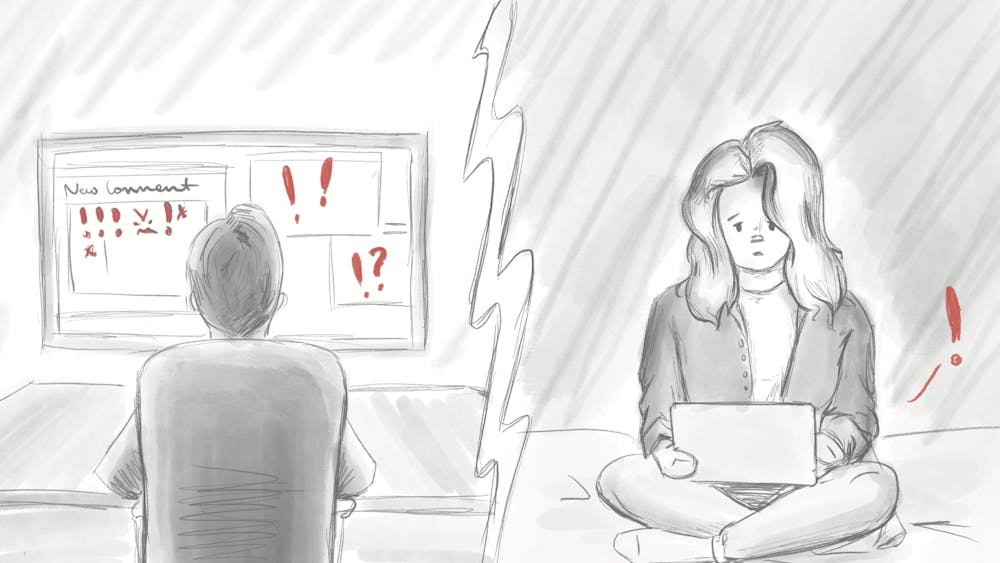“Birds of a feather flock together.” Although this classic proverb dates back to the 16th century, the concept of homophily — like attracts like — is more relevant today than ever.
It’s well known in social sciences that people tend to interact with individuals who share similar characteristics. This pull acts as a filter, creating homogeneous social networks with little to no differing opinions.
On the other end of the spectrum, cognitive dissonance causes the uncomfortable feeling that people experience when one or more individuals disagree with their belief structure.
The solution to feeling challenged is intuitive — seek out like-minded sources of information in order to avoid discrepancy.
We do this every day without blinking an eye, whether it be unfollowing someone on Twitter whose sentiments clash with your own or ignoring your professor’s nonsensical ramblings about the latest Donald Trump fiasco.
Surprise, it’s not just those in your social network that are reinforcing your own ideology. Yes, I am talking about the media.
In the Media School, we are taught buzzwords like “objectivity” and “autonomy,” both of which are competing professional norms of journalism, yet the amount of news stories that remain objective in the purest sense seems slim.
Every time a journalist sits down in front of a computer to write an article, they’re faced with an important task: framing. There’s a lexicon of meanings devoted to this word, but in layman’s terms, it simply means the different angles in which the media can report a certain story.
Sometimes framing happens in a journalist’s subconscious. They follow a natural arc by focusing on the most important aspects of a storyline. Even then, defining what’s most important can get tricky.
There’s an endless array of frames in which stories can take hold —conflict frames, human interest frames, economic frames, morality frames, responsibility frames, etc.
Each one of these frames can change or reinforce people’s underlying thoughts about a particular subject. Sadly, because we’re seeing a broadening media landscape, money-driven coverage is becoming more and more prevalent due to market pressures.
Not only are journalists tempted to report on things that people want to hear about instead of what’s actually happening, they’re framing content in a way that is outwardly appealing to their target audience. Just look at all the clickbait on Facebook.
IU political scientists Lars Willnat and David H. Weaver conducted a 2014 study called “The American Journalist in the Digital Age.” Although they found that most journalists identify themselves as independents, liberals outnumber conservatives four to one.
While many claim that this overwhelming liberal lean is synonymous with toxic waste, I believe the problem exists deeper than our exterior labels.
We consume news that is relevant to us — a cookie-cutter conglomeration of articles that conform to our interests and beliefs.
Our ability to craft a carefully curated list of sites and authors we deem credible has increased in recent years not only because the media has expanded but also because of the introduction of social sites that permutate our news for our own self interests.
Breaking this cozy filter bubble, as Quartz’s Elisabeth Ponsot puts it, is easier said than done. Unfortunately, the key to popping it might not be what you want to hear.
It’s time to exit the echo chamber by introducing new perspectives and voices into our overly personalized news networks. Looking across the aisle shouldn’t be limited to suit-clad Congressmen who drink overpriced coffee.
jlkarl@umail.iu.edu





